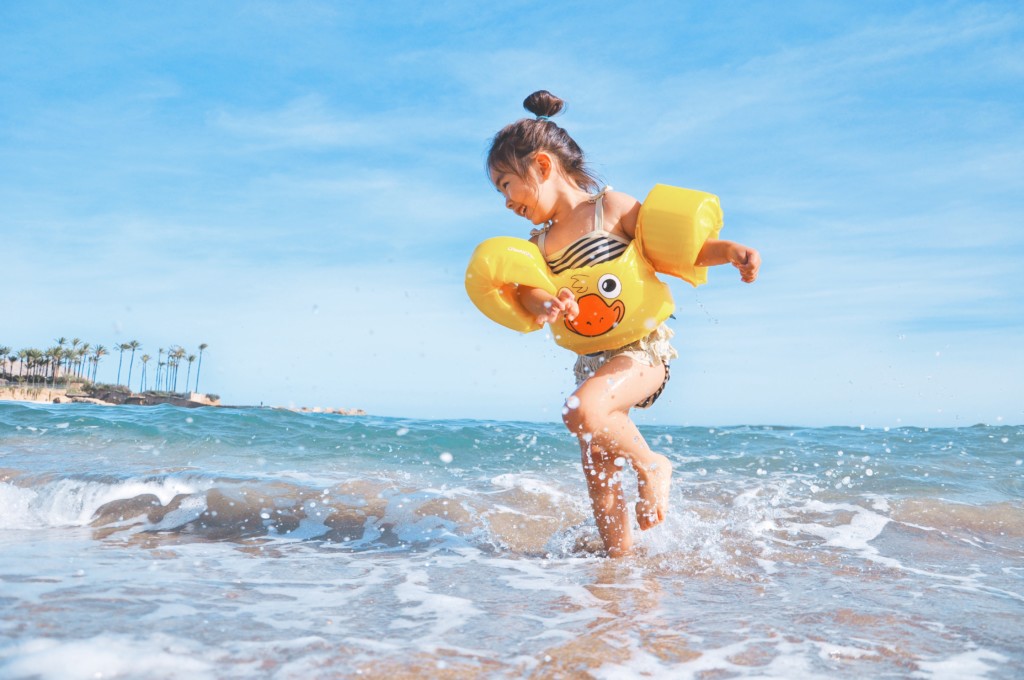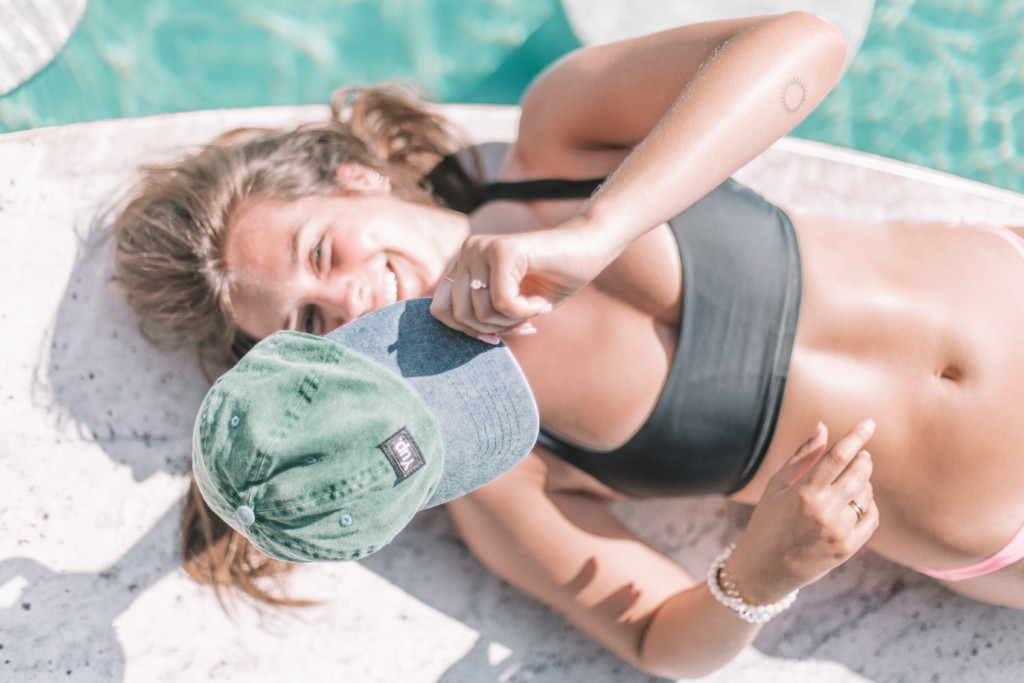
Written by: Kara Cuzzone
Now that Memorial Day has passed, summer is officially here! Bring on the ice cream, pool days, and lots of time outside. But summer also means lots of sun exposure. That’s why we went to Hancock Dermatology’s own Dr. Lori Sanford to get her tips for sun safety.
Here’s what she had to say about keeping yourself and your kids safe from harmful UV rays:
When It Comes to Sunscreen, Look at Ingredients, Not Brands
“The sunscreen that I recommend that is effective and less likely to cause reactions to sensitive skin are sunscreens that contain zinc oxide and titanium dioxide. They are physical blockers so reflect the sun in a different way than other sunscreens, making them safe,” Dr. Sanford explains. In fact, zinc oxide is so safe that it’s used in many diaper pastes for infants. When looking for a good sunscreen this summer, keep an eye out for these two ingredients instead of focusing on specific brands.
Sun Protective Clothing Is Your Best Friend
Especially for parents with little ones, Dr. Sanford recommends investing in quality sun protective clothing instead of trying to apply sunscreen to a squirming baby or toddler. Long sleeved items, sunglasses, and hats provide easy, effective sun protection that doesn’t wear off like sunscreen does.
Reapply, Reapply, Reapply
“A lot of people put it on once and then don’t put it on again, so I think it’s important to reapply every 2 hours or every time that you’re swimming or sweating” says Dr. Sanford. Exposure to water (in the form of sweating or swimming) can wash away sunscreen, leaving the skin vulnerable to sun damage.

Use SPF 30 or Higher
Some super insider knowledge here: there’s actually an equation that calculates what percentage of UV is being blocked by sunscreen. According to Dr. Sanford, “it’s SPF-(100/SPF) so an SPF of 30 provides close to 97% blockage, an SPF of 50, 98% blockage, and so the highest you can get is 100% so if an SPF of 50 provides you 98% of blockage you’re not really getting much advantage above an SPF of 30 or 50.” If you want to be super safe, you can go with SPF 100, but SPF 30 and SPF 50 already provide pretty strong protection.
The Only Good Tan is a Fake Tan
This one’s for the parents. It’s 2018, so hopefully by now we all understand that tanning beds are never a good idea. But did you know that laying out by the pool or at the beach is dangerous too? “Any tan on your skin is actually a sign that your skin is responding to UV damage so any tan is not considered a safe tan. The only way to safely darken your skin is to use a sunless tanner,” explains Dr. Sanford. If you still want a golden summer glow, opt for a spray tan, or try at home self-tanning products to protect your skin from damage.
When in Doubt, Check the Fact Sheet
The Indiana Academy of Dermatology has put together a few fact sheets with information on how to choose a sunscreen, how to properly apply sunscreen, and children’s risks for developing skin cancer. They also provide information on Indiana’s new law which permits students to bring sunscreen to school to apply during recess or field trips, which will go into effect on July 1st of this year.
For more information about Hancock Regional Hospital and their services, visit their website.








